5005 Aluminum Plate Sheet
Alloy
5005 Aluminum Plate Sheet
Alloy 5005 aluminum plate sheet is a medium strength alloy with good resistance to atmospheric corrosion and very good weldability that is highly suitable for decorative anodising. Please note that alloy 5005 aluminum plate sheet is suitable for anodizing, streaks can occur, if the finish you are seeking is critical please specify “special anodising quality” at time of order.
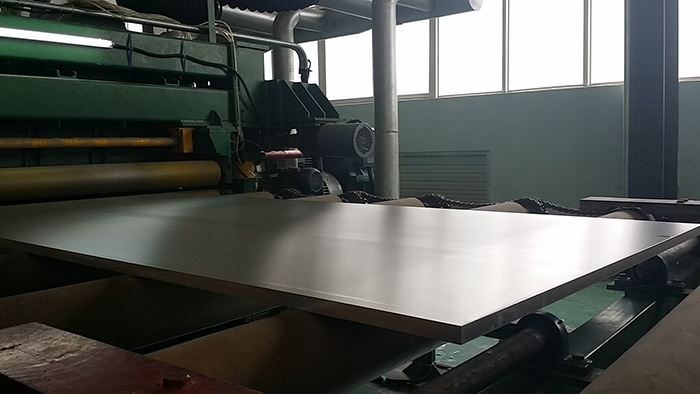
Alloy 5005 aluminum plate sheet is a medium strength alloy with good resistance to atmospheric corrosion and very good weldability that is highly suitable for decorative anodising. Please note that alloy 5005 aluminum plate sheet is suitable for anodizing, streaks can occur, if the finish you are seeking is critical please specify “special anodising quality” at time of order.

Alloy 5005
aluminum plate sheet is a non-heat-treatable 0.8% magnesium alloy commonly
available in flat rolled coil, sheet and plate from a wide range of producing
mills. The 5000-series magnesium alloys have a high strengths because of the
magnesium addition; 5005 has only a very small addition of magnesium so is the
least
strength of these series of
alloys. The alloy is hardenable to a HWALUficant degree by cold working,
enabling a series of “H” tempers but again these do not achieve the
high strengths of corresponding tempers in other alloys such as 5052 or
5083.
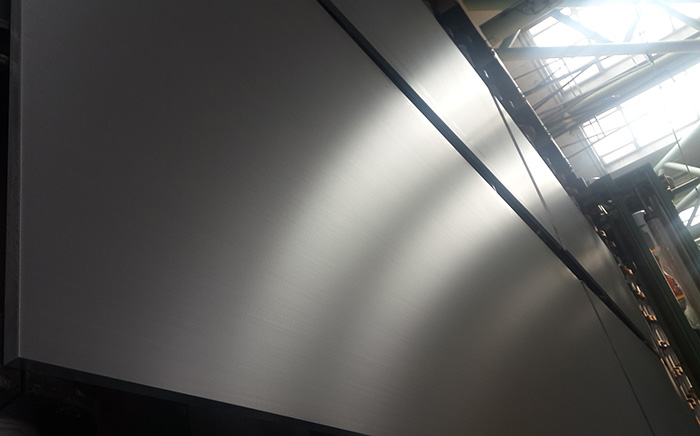

The most common
tempers for 5005 aluminum plate sheet are:
H34 stabilised - A low
temperature thermal treatment or heat introduced during manufacture which
stabilised the mechanical properties and relieves residual internal stress, plus
usually improves ductility
The alloy is
also produced as stranded conductor, drawn seamless tube, wire and bar,
available on indent from Atlas.
Corrosion
Resistance
Excellent in a wide range of
atmospheric environments, in architectural applications. The magnesium content
is low enough that it does not suffer from the stress corrosion cracking that
can affect alloys with more than about 3½% Mg, such as
5083.
Heat
Treatment
Alloy 5005 aluminum plate
sheet is not hardenable by heat treatment. It can be HWALUficantly hardened by
cold work (eg by cold rolling) and various “H” tempers are produced
– most commonly H32 (¼ Hard) and H34 (½ Hard) – as
well as the soft annealed Temper O condition. The alloy spontaneously
age-softens at room temperature immediately after cold work but will eventually
reach a stable condition; all flat rolled mill products are supplied with stable
properties. This is usually achieved by a stabilisation thermal treatment,
either a low temperature thermal treatment or as a result of heat introduced
during rolling, which results in the H3x tempers. H2x tempers are
more
severely strain hardened and
then partially annealed, again to quickly reach the required stable temper
properties. To soften Alloy 5005 it can be annealed by heating to 345°C,
hold until uniform temperature then cool; the rate of cooling is not
important.
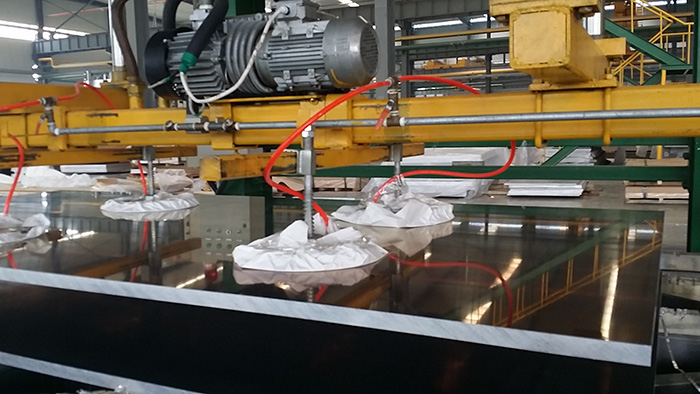

Anodising
All aluminium alloys can be
anodised to improve corrosion resistance, but decorative anodising is only
carried out on a few alloys. The most commonly decoratively anodised
non-heat-treatable alloy is 5005. It is produced as a special “anodising
quality” (AQ) but Atlas does not stock this product. It is most common and
usually successful for general purpose quality (non-AQ) to be anodised; this can
however result in some visually inconsistent anodising outcomes and in severe
cases in “tiger stripe” appearance. It is always recommended that
anodising performance be tested by trialling a piece from a batch of
sheet.
AQ sheets can be sourced on
indent if required for critical applications.
When anodised, film on 5005
is clearer and lighter than on 3003 and gives better colour match with 6063
architectural extrusions.
Welding
Excellent weldability by all
standard methods; gas, electric and resistance welding. GMAW and GTAW are
preferred and widely used. Filler alloys are usually 4043 although other alloys
are possible. Welding of strain hardened tempers will reduce strengths in the
heat affected zones.
Machining
Machinability is poor, with
the harder tempers such as H34 and above being somewhat easier to
machine.
Applications
Alloy 5005 aluminum plate sheet is typically used for:
Alloy 5005 aluminum plate sheet is typically used for:
Buildings-roofing, cladding,
corrugated sheet.
Signage, Road signs& name
plates.
Food&chemical
equipment
Furniture
Anodised parts
HVAC
Equipment
Packaging
Pipe and Tube
Can Bodies
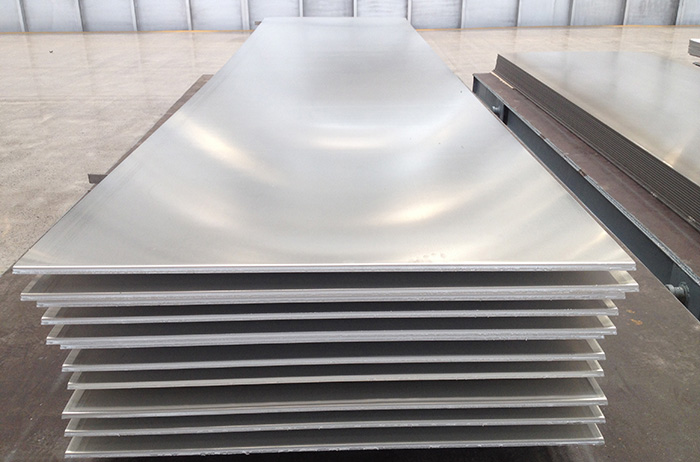

Alloy:
5005
Temper: O, H111, H112,
H12,H14, H16, H18, H32, H34, H36, H38
Thickness:
0.2mm--200mm
With:
500mm--2800mm
Length:
1000mm--12000mm
Surface: Mill finish, Bright
finish, paper interleaved, one side film, both sides film.
Chemical Properties
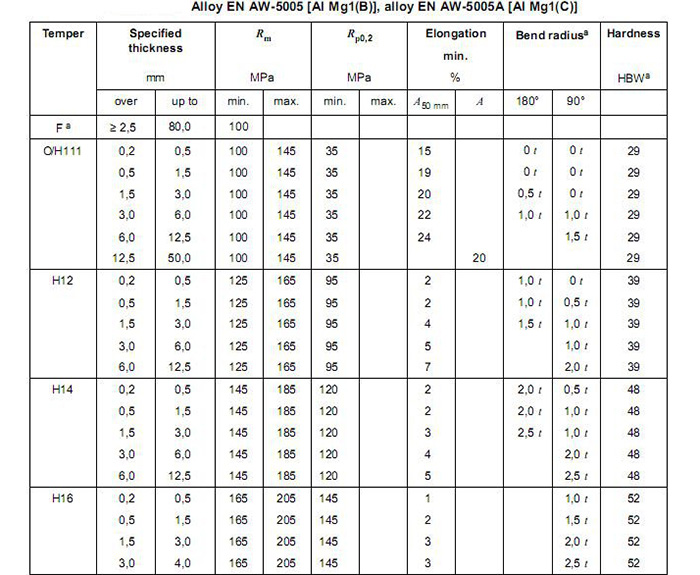
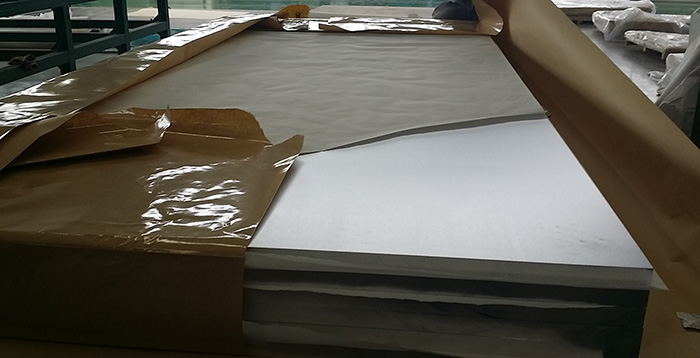
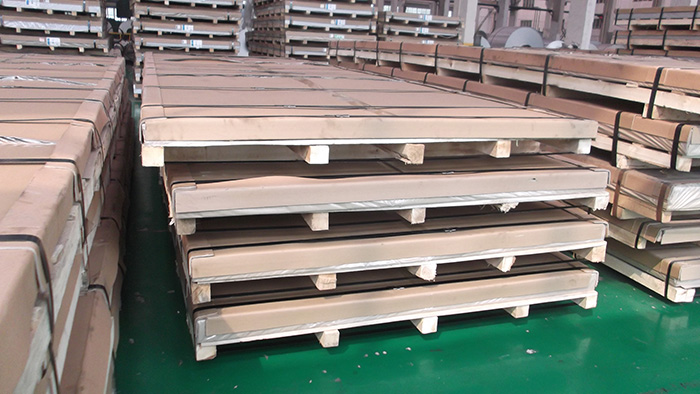
Chemical Properties
| Alloy | Si | Fe | Cu | Mn | Mg | Cr | Ni | Zn | Ti | Ga | V | Others |
Aluminium min. |
|
| Each | Total | |||||||||||||
| 5005 | 0.3 | 0.7 | 0.2 | 0.2 | 0.5-1.1 | 0.1 | - | 0.25 | - | - | - | 0.05 | 0.15 | Remainder |












